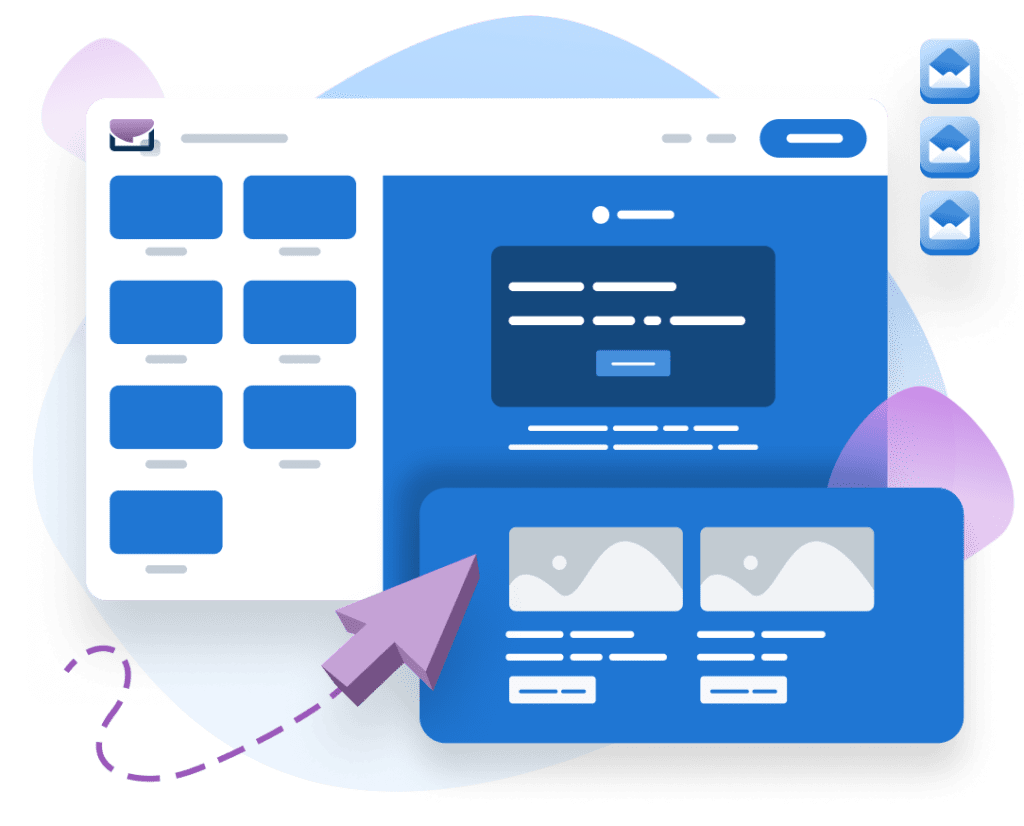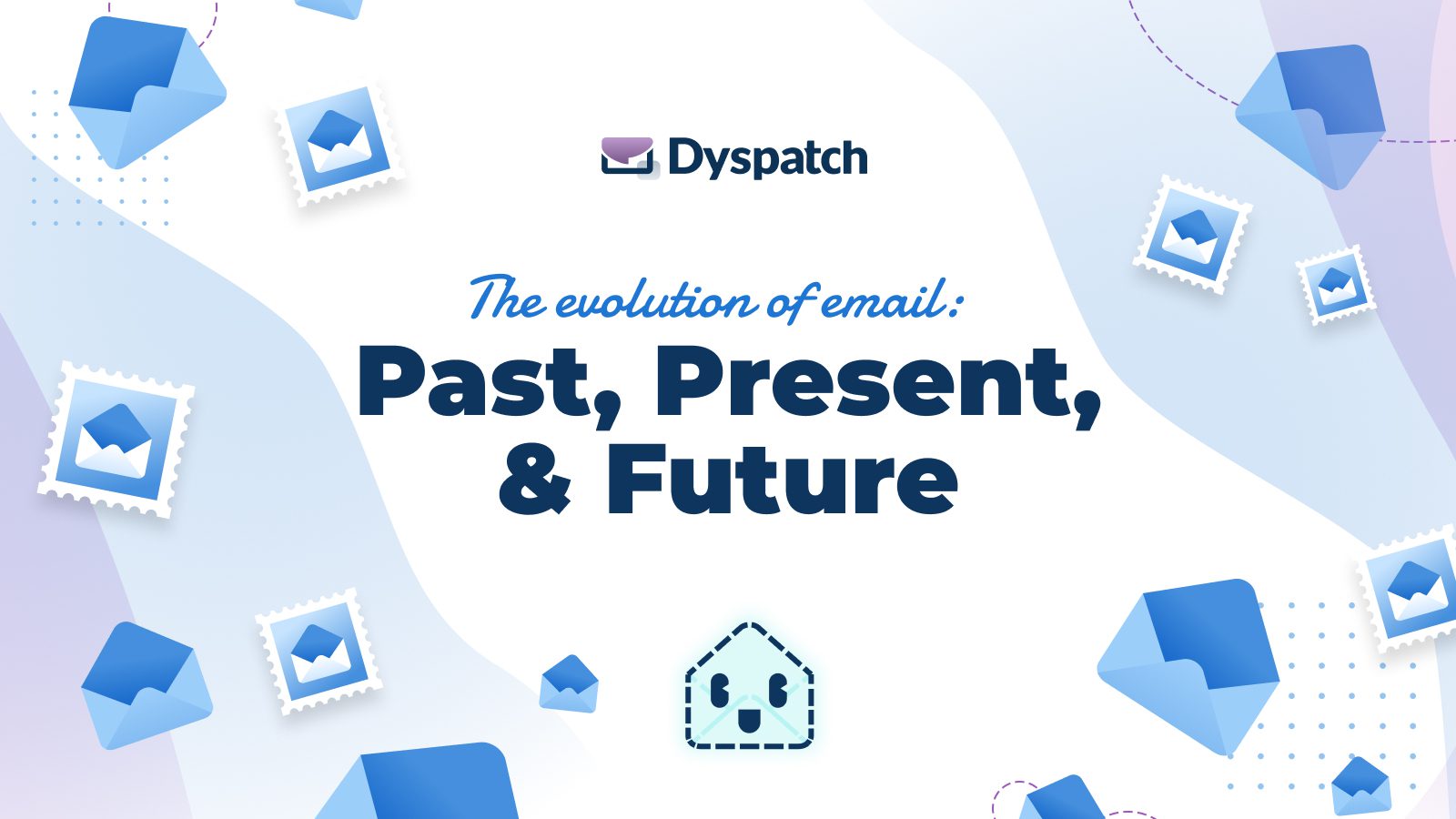From the early days of simple text-based messages to the sophisticated, multimedia-rich communications we experience today, the journey of email is the story of technological advancements and changing communication habits. In this blog post, we'll take a nostalgic trip through the past, examine the current state of email, and speculate on the exciting possibilities that the future holds.
The Past: Birth of Electronic Mail
Picture this; it's the early 1970s and computers are massive machines that take up entire rooms. Ray Tomlinson, who was working on the ARPANET project (the precursor to the internet), sent the first email, forever changing the way people communicated. This electronic messaging was limited to plain text and could only be used within closed networks. In 1971, Ray Tomlinson added the @ symbol to separate the user’s name and the destination address; this was the birth of the modern email address!
As the internet expanded in the 1980s, so did email, evolving into a tool for both personal and business communication. And by the 1990s, many of the email clients we know today - like Yahoo and Hotmail - were founded. The rise of personal email use also meant the invention of spam emails and junk filters. In 2004, Gmail launched with an unprecedented offering of a gigabyte of storage - another huge innovation for email.
The Present: Email's Modern Renaissance
Fast forward to the present day, and email has become an integral part of our daily lives. These are some of the most important enhancements to email that have become a staple in present-day email production.
Multimedia content
Email has transformed from simple text-based messages to multimedia-rich communications. The inclusion of images, videos, and interactive elements has made emails more engaging and visually appealing.
Mobile optimization
With the proliferation of smartphones, email has adapted to the mobile era. Responsive design and mobile-friendly interfaces ensure that emails are accessible and readable on a variety of devices.
Automation and personalization
Email marketing has evolved with the integration of automation tools. Marketers can now send targeted, personalized messages based on user behavior, preferences, and demographics.
Enhanced security
The rise in cyber threats has led to significant advancements in email security. Encryption, two-factor authentication, and advanced spam filters help protect users from phishing attacks and unauthorized access.
Collaboration tools
The integration of collaboration tools within email platforms has streamlined communication in both personal and professional settings. Features like shared calendars, file sharing, and collaborative editing have become standard.
The Future: What Lies Ahead for Email
Now on to the exciting stuff. These are the trends that the Dyspatch sees for the future of email!
Your inbox is where you get things done
The days of static emails are numbered. In the future, emails will feature enhanced interactivity, allowing users to complete transactions, fill out forms, watch embedded video content, and RSVP to events directly within the email interface eliminating the need to navigate to external websites. While we haven't seen the adoption of AMP for Email or Actionable Message just yet, it's ubiquitous in Google Docs emails and other productivity tools like Asana. We think we'll see this expand to more use cases in the coming years. Products like HEY may also change the way we use our inbox in ways we don’t yet understand!
Spam is busted
Our prediction is that users will get less spam in their inbox as email addresses are further consolidated into a small amount of inbox providers. Big names like Apple and Google will be able to use their market power to ensure only email that follows best sending practices hit inboxes. As these giants collect a more complete picture of users’ data, it could also mean more powerful insights for email marketers to use in delivering value to their customers.
The dark (mode) is rising
As dark mode becomes more and more popular with users, email clients will need to adapt to this changing trend. Let’s face it - dark mode is a pain for email developers in its current state, but our prediction is that clients will change handling in the future to ensure that emails are beautiful and legible when viewed in dark mode. Remember that some users prefer dark mode and some use it for accessibility reasons so dark mode isn’t going anywhere.
If you need some tips to make sure your email looks great in dark mode as it is today, we’ve got you covered!
AI-powered email
We’d be remiss to leave out the power of AI as a tool for email innovation. From conceivable innovations in personalization, security, and content creation to the uses we haven’t even thought of yet, AI is poised to make big changes in the next few years and email is no exception. We may also see much wider adoption of new email tools like Superhuman that will change how users interact with their email.
The evolution of email is a testament to the adaptability and innovation within digital communication. From its humble beginnings to the sophisticated and interconnected system we experience today, email continues to be an integral part of our lives. As we look forward to the future, the possibilities for email seem boundless, promising a new era of communication that is more personalized, secure, and technologically advanced than ever before.




